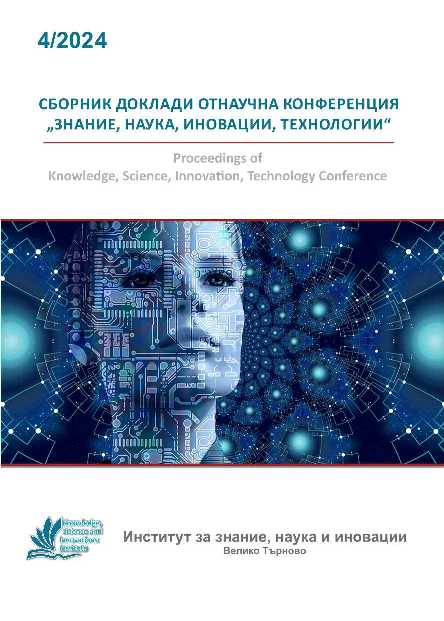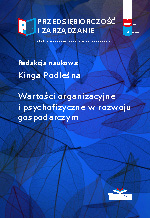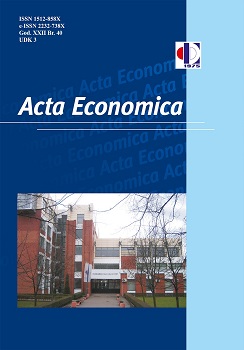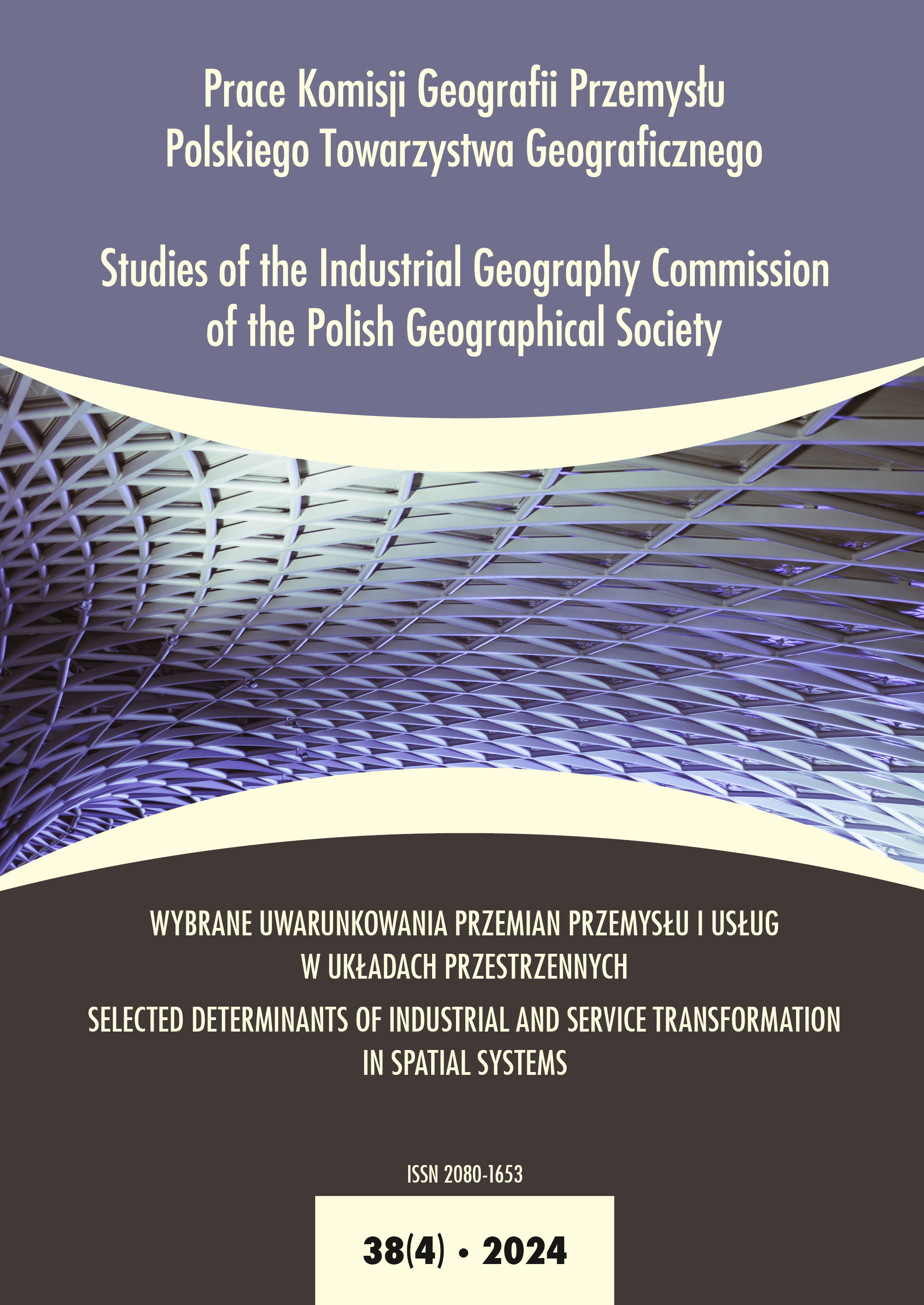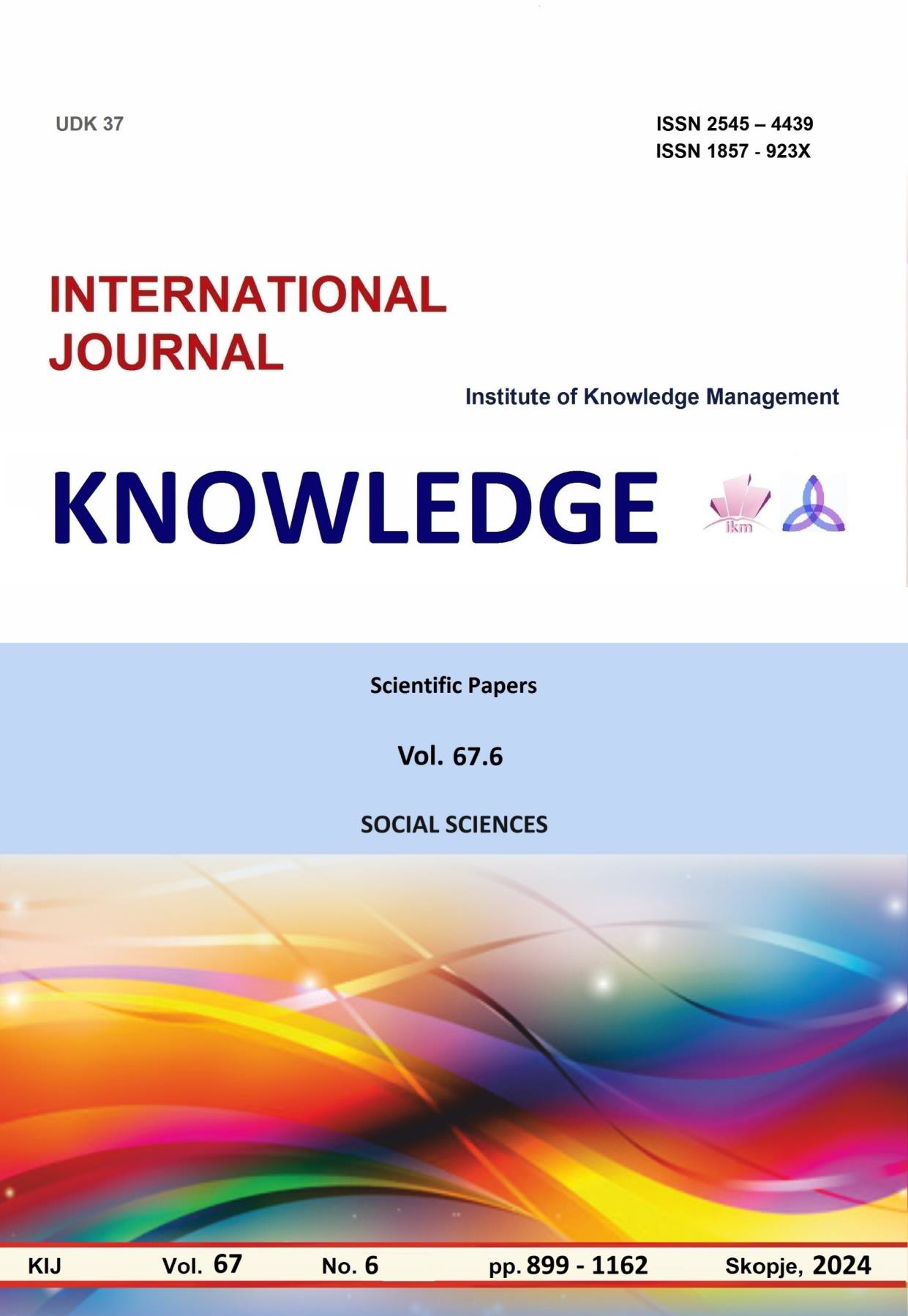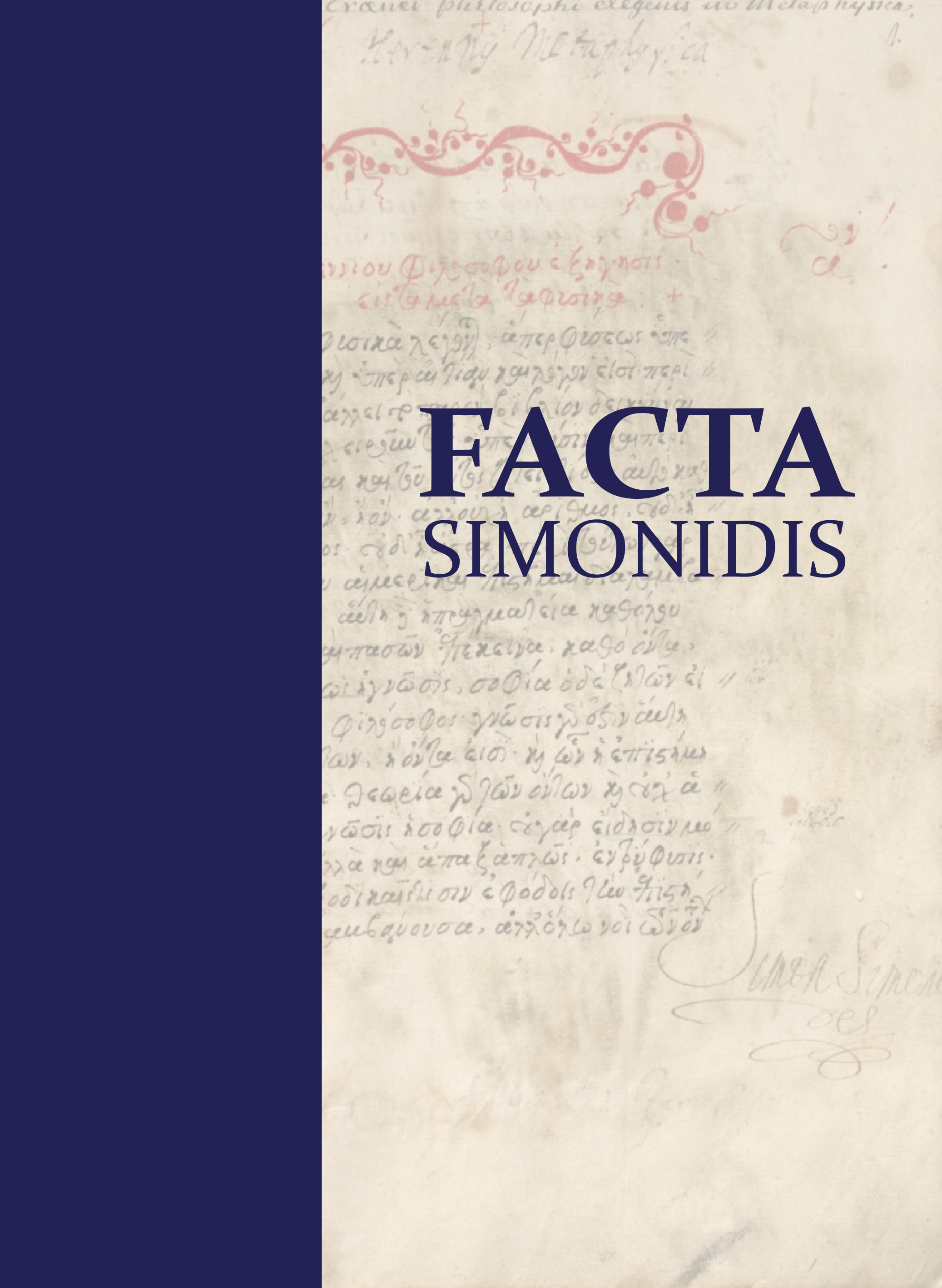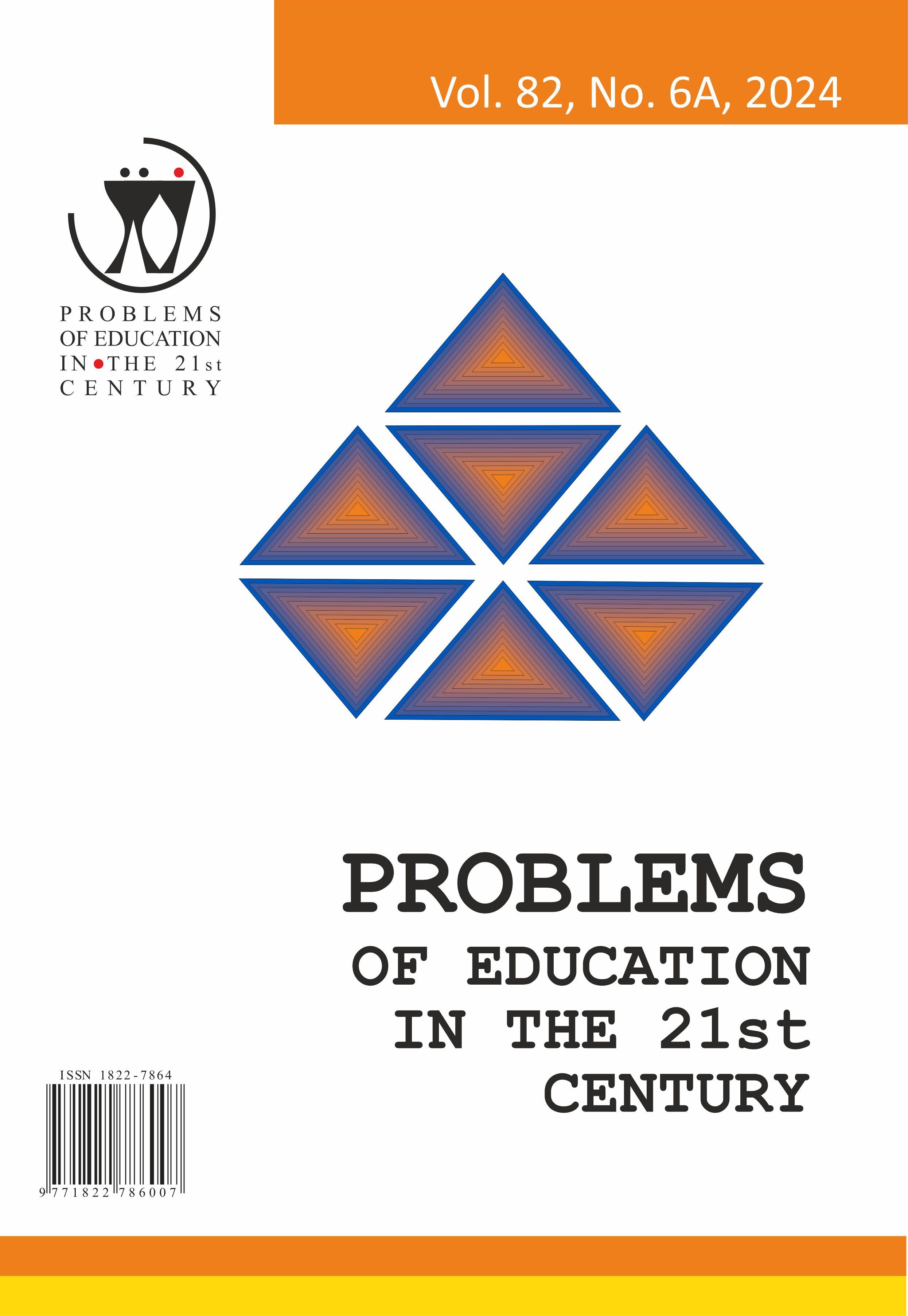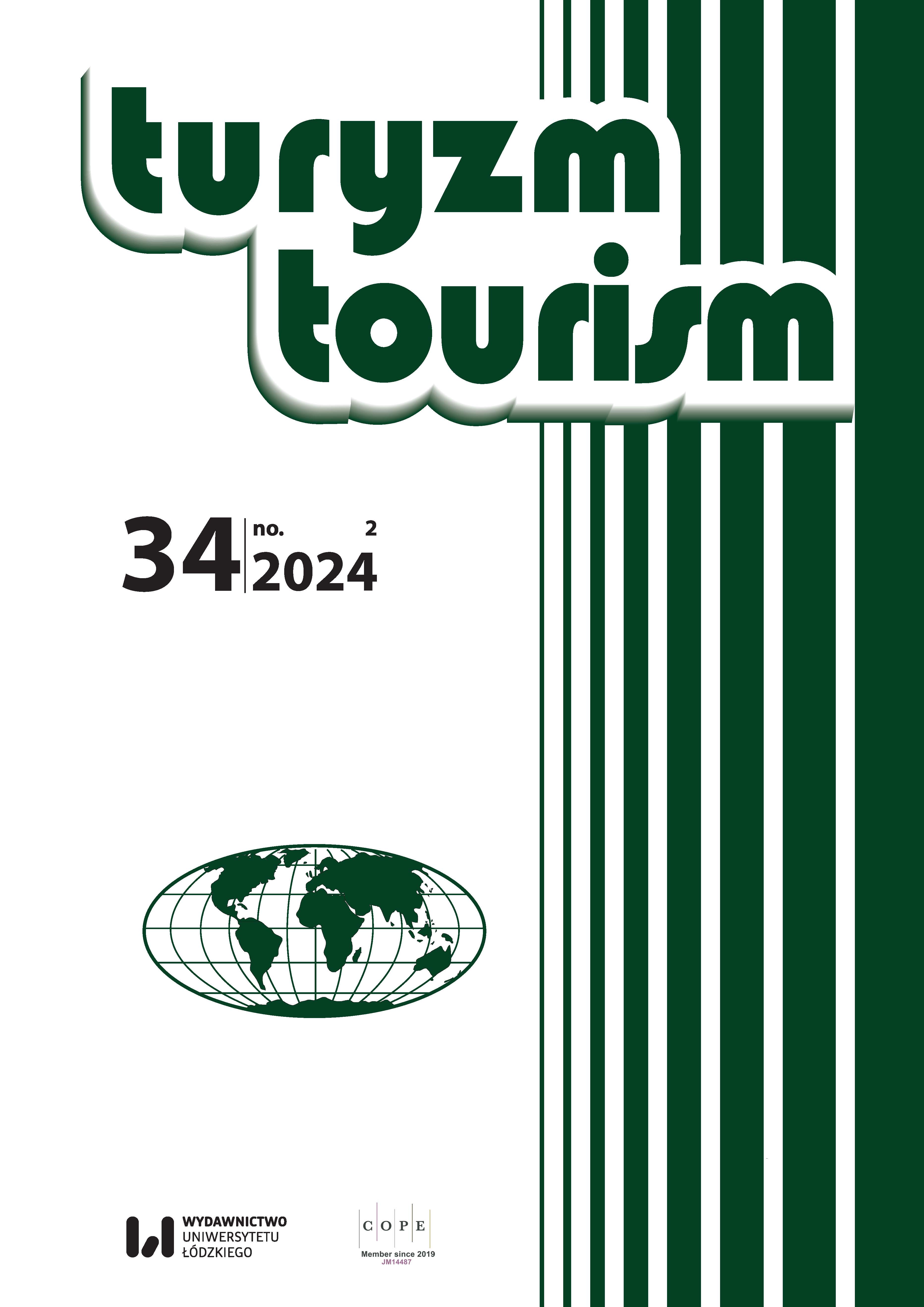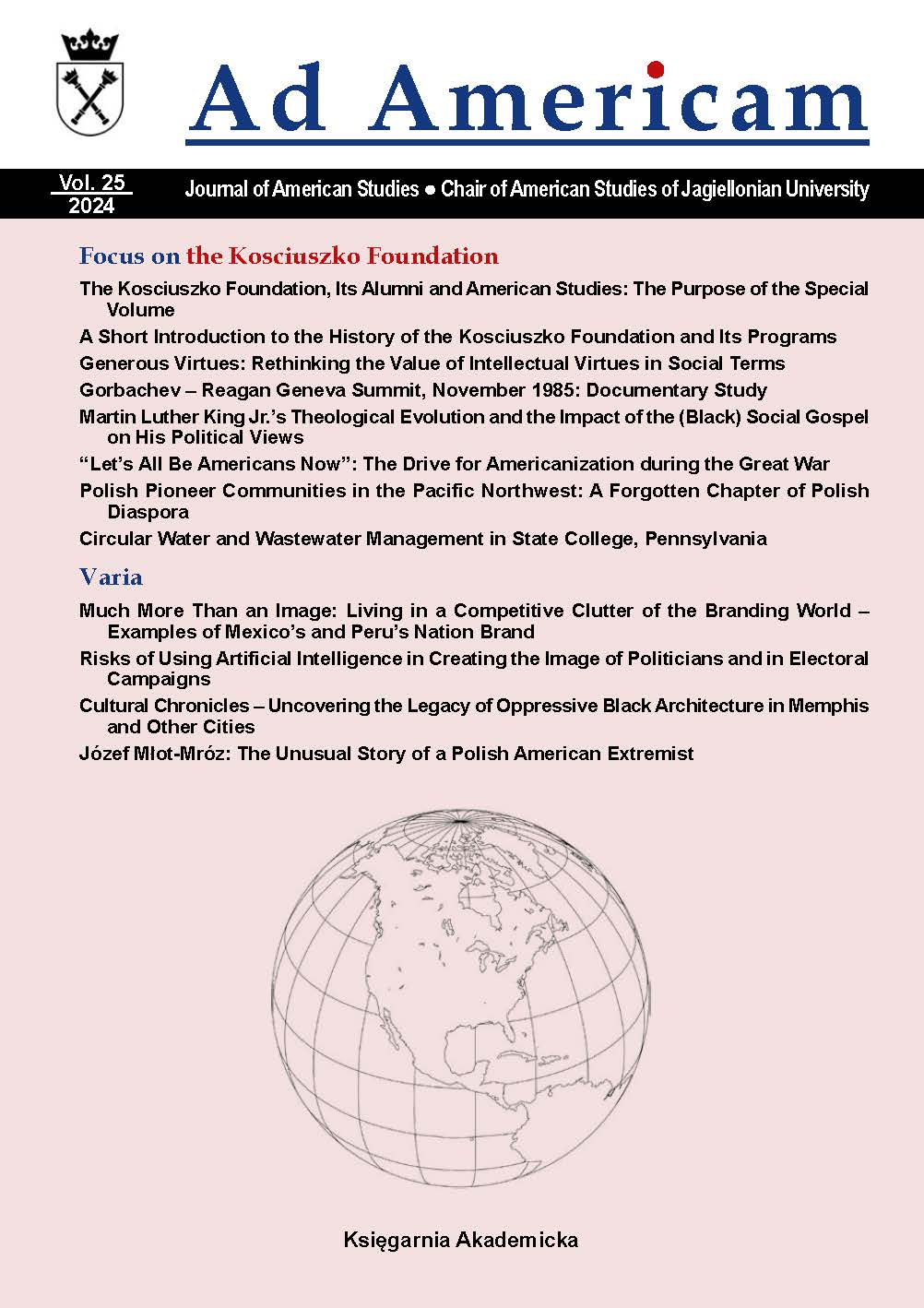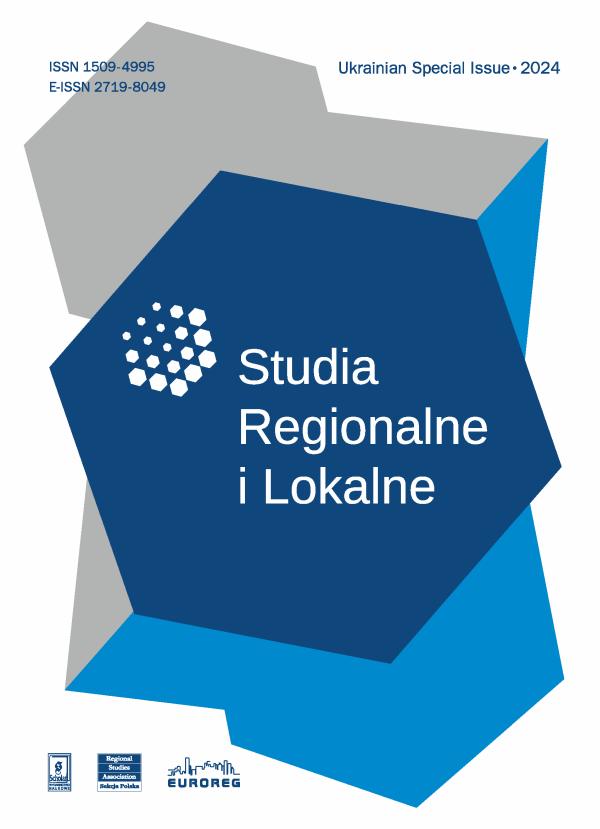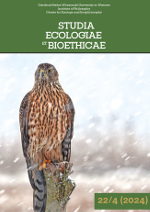
The State Forests’ “Spend the Night in the Forest” Program in the Context of Education for Responsible Tourism in Poland
The aim of the article is to present the key elements of the State Forests’ “Spend the Night in the Forest” program as well as the selected results of its evaluation in the view of education for responsible tourism. The article is divided into two parts. The first, theoretical part, presents the assumptions of the idea of Leave No Trace outdoor ethics, which tally with the paradigm of education for responsible tourism. Its task is to develop the skills, knowledge and competences in the field of rational and responsible use of natural resources. At the same time, it lays the grounds for the “Spend the Night in the Forest” program. In the second, empirical part, the author presents selected results of the evaluation of the “Spend the Night in the Forest” program including demographic characteristics of its participants, their motivations, preferences regarding the choice of area, the way of organizing the camping, types of activities undertaken as well as assessment of the principles corresponding to the Leave No Trace idea. In addition, the article presents suggestions regarding the division of respondents into user groups. The cited results indicate that the respondents declared their willingness to take care of the forest as a common good and tried to educate and influence other tourists camping in a way inconsistent with the Leave No Trace principles. It can be concluded that the “Spend the Night in the Forest” program supports education for responsible tourism. By enabling the participants to experience nature in its natural state, it helps rebuild human relationship with nature. Moreover, the program serves the purpose of shaping public awareness that we all influence the environment and that we all are responsible for its current and future state.
More...
